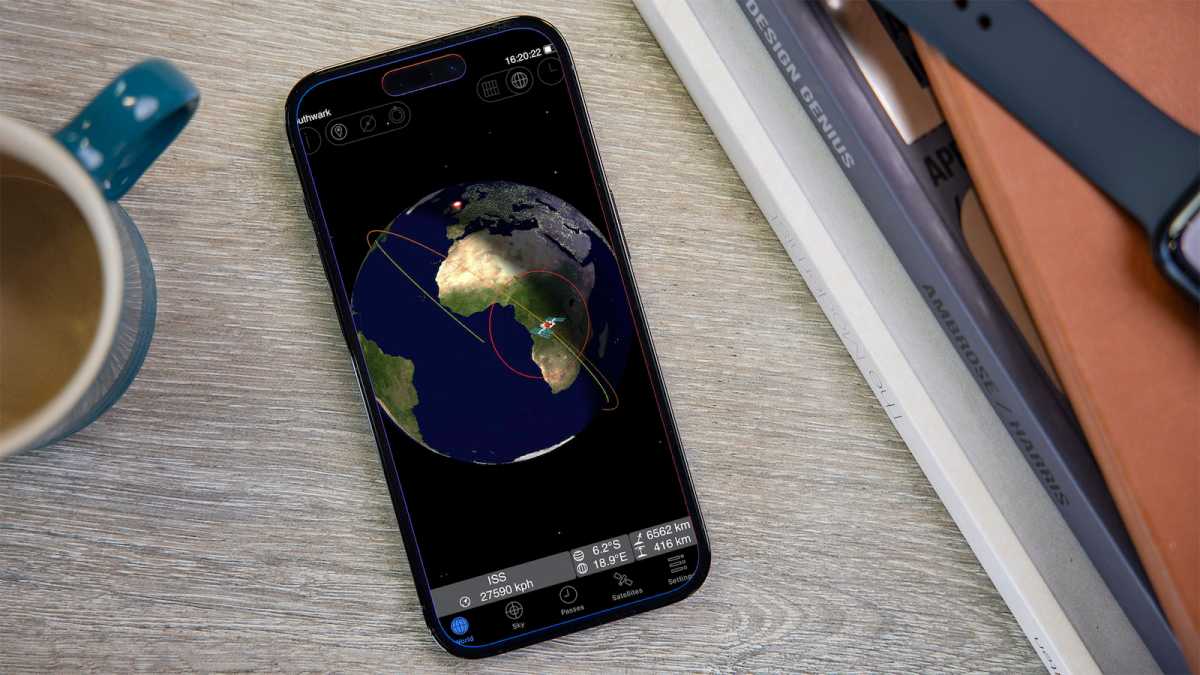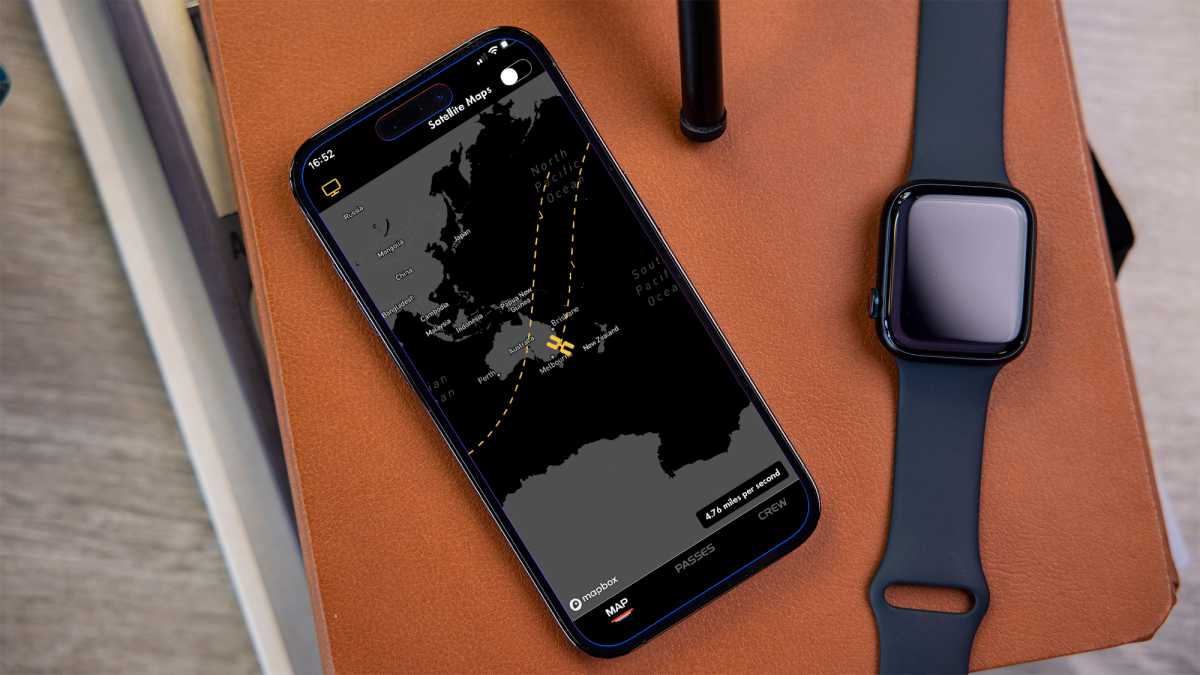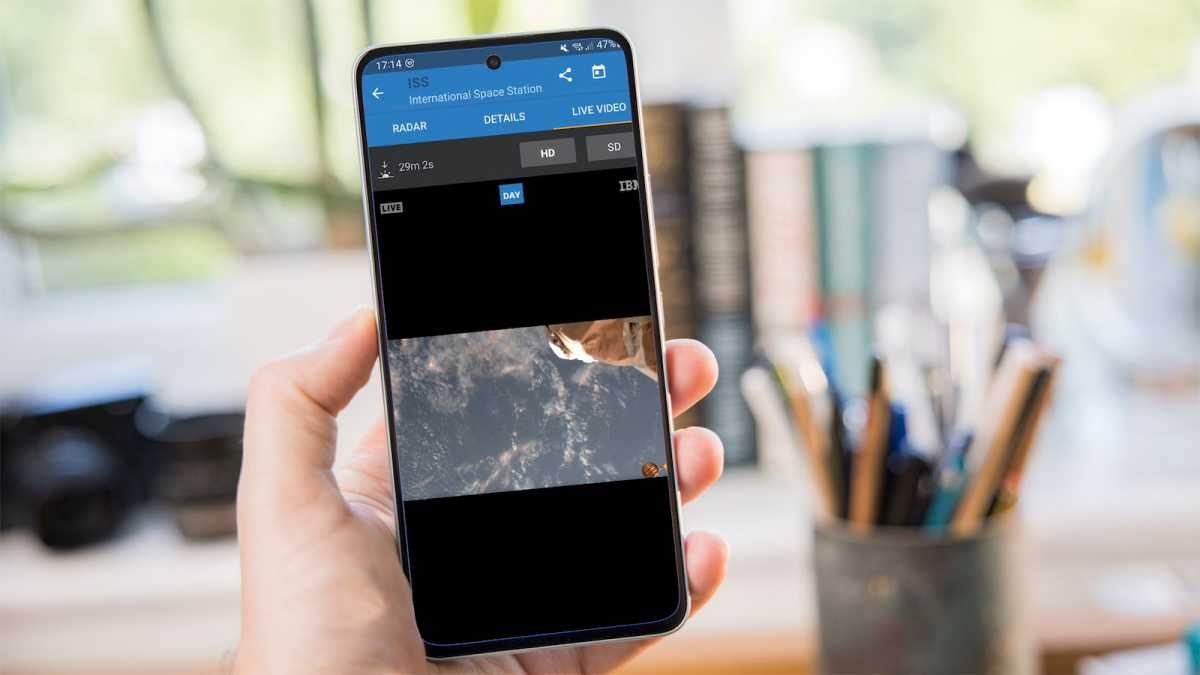If you want to create a magical moment on Christmas morning, we have a brilliant idea. At this time of year, the International Space Station (ISS) is a perfect replacement for Santa’s sleigh as it passes overhead.
The ISS will pass over the UK twice on Christmas Day morning. If you’re anywhere else in the world, you can use the Explore tool and find viewing opportunities on the Nasa website to find out when you can see it.
You will need to get your timing right though, as it will only be visible for a few minutes at a time. According to the NASA website, the station will pass over the UK at 5:38 and 7:11 Christmas morning. The two hours will be before sunrise at 8:05 a.m., so you have a good chance of seeing light moving quickly across the sky. And it’s about a good time for Santa to have finished his deliveries and head home to Lapland for breakfast.
We advise you not to promise anything to your children, in case of disappointment. If it’s cloudy, you won’t be able to see it. The ISS can be hard to spot, but at night it’s the third-brightest object in the sky and looks like an airplane, although it flies much higher and faster. To give you the best chance of seeing it, the apps below will help you decide the best time to hang out.
For pinpoint accuracy, you’ll want to use an ISS tracking app on your phone, as this will help you determine where to look in the sky. The most obvious place to start is to get the NASA app for Apple or Android.
However, there are plenty of dedicated apps available, although some have ads or in-app purchases, so watch out for that. We’ve found the following apps to be the most accurate and helpful.
GoISSWatch

Dominik Tomaszewski / Foundry
GoISSWatch app for iOS is the best app to track the International Space Station with on iPhone. It’s intuitive and easy to use, and uses your iPhone’s compass to help you know exactly which direction to face to spot the ISS passing overhead.
Additionally, GoISSWatch can notify you five minutes before each pass so you don’t miss it.
It is not available for Android.
ISS researcher

Dominik Tomaszewski / Foundry
An alternative – again for iOS – is the ISS Finder app.
We prefer the 3D illustration of the GoISSWatch app which helps you figure out where to look in the sky – ISS Finder is less obvious, so it will take you a bit longer to spot it.
What’s nice about ISS Finder, however, is that it offers star ratings to help you figure out what date and time gives the best visibility of the ISS, at least as far as its position in the sky is concerned. . There is also information about the crew on board the ISS, which is really interesting to read.
ISS Detector Satellite Tracker

Dominik Tomaszewski / Foundry
Both of the apps above are iOS only, but we also found a great Android ISS tracker called ISS Detector Satellite Tracker. It shows you a countdown to the next ISS pass, which we found very useful, and has a 3D tracking chart similar to that used by GoISSWatch, with an elevation gauge that works really well. You will also find that it offers weather forecasts so you know if it is likely to be visible or not.
You can also see a live feed from the ISS itself, which is amazing.
You can quickly and easily turn on notifications to make sure you don’t miss the ISS either. There are some ads though which can be irritating, but that means you get the app for free (as with the other apps listed here).
Email alerts
If you’d rather not use a smartphone to track the ISS, NASA has a dedicated website that allows you to sign up for email or text alerts when the ISS is about to fly by, and also offers tips on how to spot it. in the sky.
NASA notes that the Space Station is the third-brightest object in the sky and initially looks like a fast-moving airplane, until you notice it has no flashing lights. Alternatively, it may initially be mistaken for a very bright star until you notice how fast it is moving.
The ISS actually passes over the UK every day. In fact, it orbits the Earth 16 times a day, but some of these passes are during the day and others may be difficult to see depending on the orbit pattern of the ISS. If you miss the ISS on Christmas morning, you can use the same tracking apps to watch it another day.
For more information, find out how to spot the International Space Station.
Table of Contents








